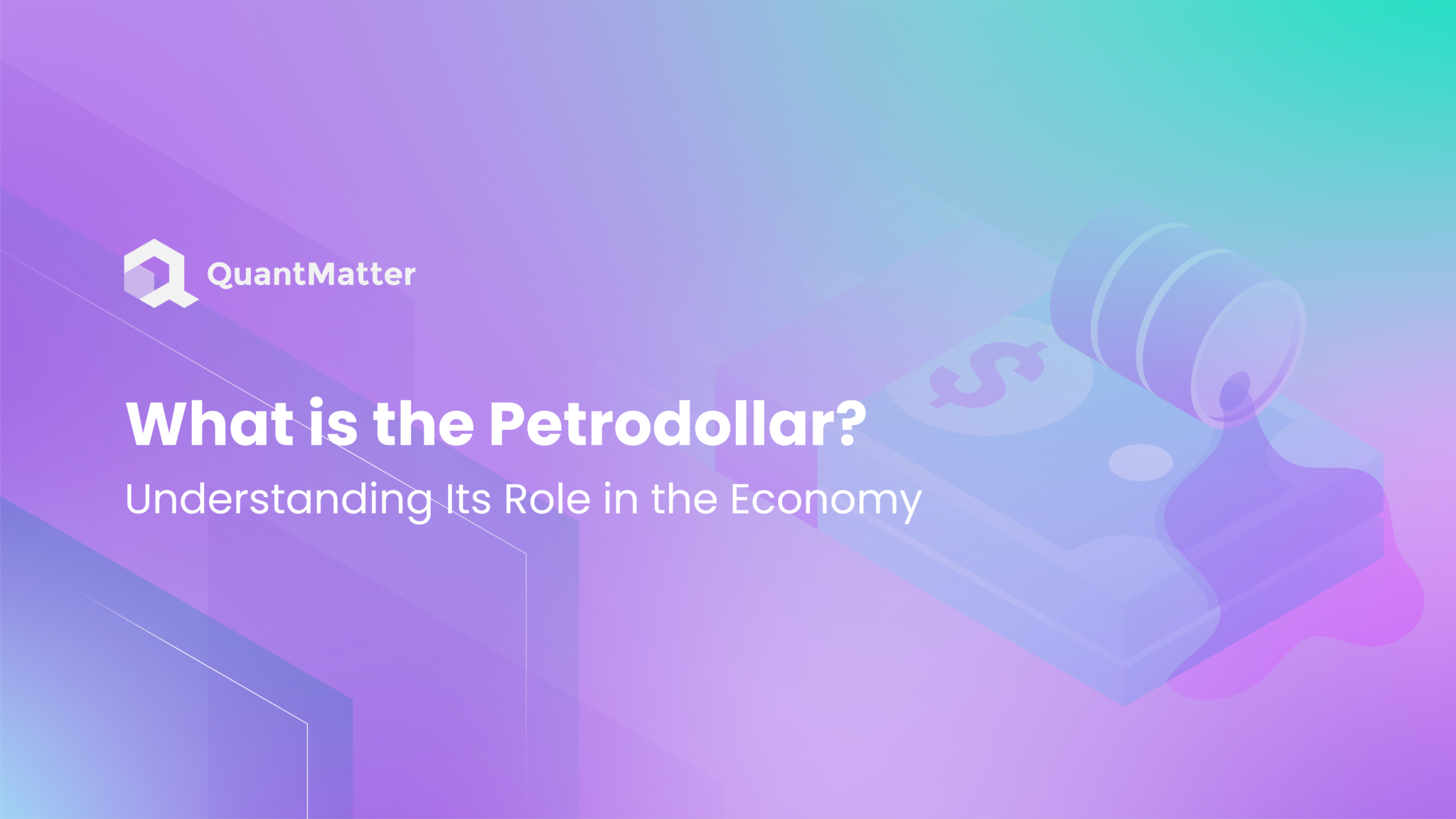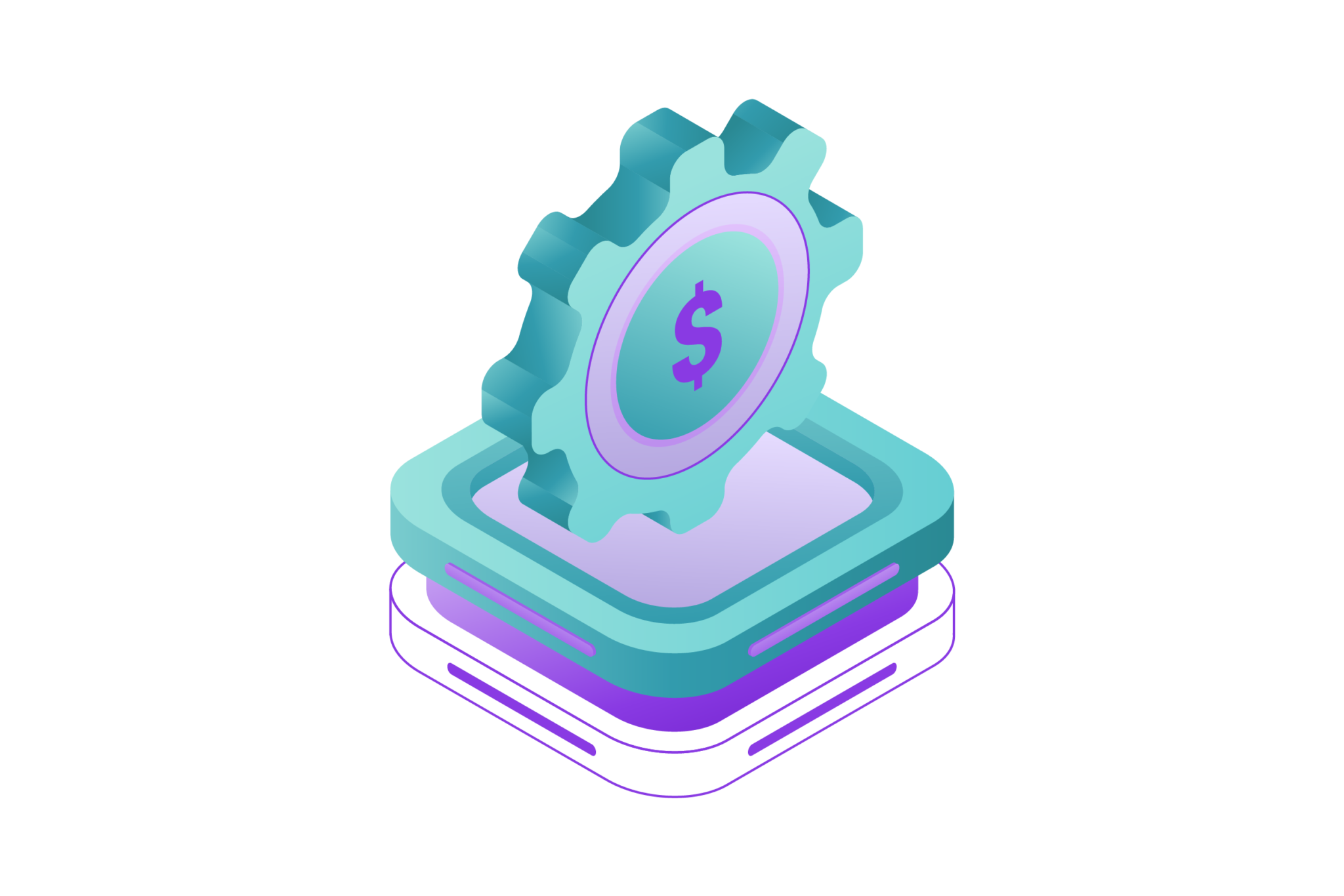
The concept of the petrodollar is crucial to understanding the dynamics of the global economy. It refers to the US dollars earned by countries through the sale of their oil. This term has significant implications for international finance and politics.
Since its inception, the petrodollar has played a pivotal role in shaping global economic policies. It affects everything from trade balances to geopolitical strategies. This article aims to break down the complexities of the petrodollar, making it easier to grasp its importance and influence.
In this article, we will explore what the petrodollar is, its historical background, how it functions in the economy, and the various impacts it has on both oil-producing and oil-consuming nations. By the end of this piece, you will have a clearer understanding of this essential economic concept.
What is the Petrodollar?

The term ‘petrodollar’ was first coined in the 1970s. It describes the US dollars that oil-exporting countries receive in exchange for their oil. This system was largely established due to agreements between the United States and oil-producing nations, primarily those in the Middle East.
The essence of the petrodollar system lies in the use of the US dollar as the primary currency for oil transactions. This means that countries around the world, regardless of their own currency, need US dollars to purchase oil. This system has led to a high demand for the US dollar globally, reinforcing its status as the world’s primary reserve currency.
The petrodollar arrangement has various implications, including the stabilization of the US dollar, increased liquidity in the global oil market, and a symbiotic economic relationship between oil-producing and oil-consuming nations. Understanding these dynamics is key to grasping the broader economic impact of the petrodollar.
Historical Background
The origins of the petrodollar system can be traced back to the early 1970s. Before this period, the world economy was largely governed by the Bretton Woods system, which pegged the US dollar to gold. However, the collapse of this system led to significant changes in global finance.
Also Read: What is Copy Trading? The Best Platforms to Get You Started
In 1973, following the oil crisis, the United States struck a deal with Saudi Arabia. The agreement ensured that Saudi oil would be sold exclusively in US dollars. In return, the US provided military and economic support to Saudi Arabia. This arrangement was eventually extended to other OPEC countries, establishing the petrodollar system.
This system brought several benefits to the United States. It created a constant demand for US dollars, allowing the US to run trade deficits without the same level of economic consequences other countries might face. It also strengthened the geopolitical alliance between the US and oil-producing countries in the Middle East.
How the Petrodollar System Works?

The petrodollar system operates on a straightforward principle: oil-exporting countries sell their oil in US dollars. This system was established in the early 1970s when the US negotiated with Saudi Arabia, the world’s largest oil exporter, to price oil exclusively in dollars. This arrangement led other OPEC (Organization of the Petroleum Exporting Countries) members to follow suit. As a result, countries around the world must hold substantial reserves of US dollars to pay for their oil imports. This perpetual demand for dollars helps maintain its value and stability, reinforcing the dollar’s status as the world’s primary reserve currency.
The Mechanics of the Petrodollar System
- Global Oil Trade in US Dollars: When countries purchase oil, they do so using US dollars. This creates a consistent and high demand for the currency. As oil is a critical commodity for industrial and economic activities, the necessity for dollars remains strong across global markets.
- Accumulation of Petrodollars: Oil-exporting countries accumulate large amounts of US dollars from their sales. These revenues, known as “petrodollars,” are then available for reinvestment.
- Reinvestment in US Assets: Many oil-exporting nations reinvest their petrodollar revenues in various ways, including US Treasury bonds, stocks, and real estate. This reinvestment cycle strengthens the financial ties between oil-exporting nations and the US economy. For instance, countries like Saudi Arabia and Kuwait have substantial investments in US financial markets and real estate, providing liquidity and stability to these markets.
- Impact on Global Trade Balances: The petrodollar system influences global trade balances and economic policies. Countries that are net importers of oil need to earn or borrow dollars to pay for their imports. This necessity affects their economic strategies, such as export-driven growth to accumulate dollars or borrowing from international markets.
Broader Implications
- Monetary Policy: The demand for US dollars allows the United States to run trade deficits without the same level of economic repercussions that other countries might face. This unique position supports expansive fiscal and monetary policies, including lower interest rates and higher government spending.
- Geopolitical Influence: The US dollar’s dominance in global oil trade gives the United States significant geopolitical leverage. Countries dependent on oil imports and exports are intertwined with the US economy, leading to complex political and economic relationships.
- Financial Interdependence: The petrodollar system creates a web of financial interdependence between the US and oil-exporting countries. Stability in US financial markets is critical for these countries, making them stakeholders in the health of the US economy.
- Exchange Rates and Inflation: For oil-importing countries, maintaining dollar reserves can impact their exchange rates and inflation. A strong dollar can make oil more expensive in local currencies, influencing inflation and cost of living.
The petrodollar system plays a crucial role in maintaining the US dollar’s dominance in global finance and trade. It creates intricate economic and political ties between oil-exporting nations and the US, influencing international economic structures and policies. However, it also presents vulnerabilities and faces potential challenges from shifting global dynamics and environmental considerations.
Impact on Oil-Producing Nations

The petrodollar system has profoundly shaped the economies of oil-producing nations, creating both opportunities and challenges. Established in the early 1970s, this system involves the global trade of oil being priced and transacted in US dollars, thereby reinforcing the dollar’s status as the world’s primary reserve currency.
Benefits for Oil-Producing Nations
- Stable Revenue Stream: Selling oil in US dollars provides a reliable and stable source of income. This stability has facilitated extensive economic development, allowing these nations to invest in modern infrastructure projects, such as roads, bridges, and airports, which in turn stimulate further economic growth.
- Economic Development: The influx of petrodollars has enabled oil-rich countries to fund ambitious development projects. Examples include the construction of iconic skyscrapers, state-of-the-art medical facilities, and educational institutions, transforming the economic landscape and improving the quality of life for their citizens.
- Social Programs: With abundant revenue from oil sales, many of these nations have been able to finance generous social programs. These include free healthcare, education, and subsidies for basic goods and services, which have significantly enhanced social welfare and stability.
Challenges and Risks
- Economic Instability Due to Oil Price Fluctuations: The heavy dependence on oil revenues makes these nations vulnerable to the volatile nature of global oil prices. A sharp decline in prices can lead to significant budget deficits, economic downturns, and cuts in public spending, as witnessed during various oil price crashes.
- Commodity Dependency: Relying heavily on a single commodity for revenue exposes these countries to market risks. Any major shift in global energy consumption, such as a move towards renewable energy sources, can drastically affect their economies.
- Geopolitical Vulnerabilities: Oil-producing nations often find themselves at the center of geopolitical tensions. Conflicts in oil-rich regions can disrupt supply chains, lead to sanctions, and impact global oil prices, further exacerbating economic instability.
- Exposure to US Economic Performance: The petrodollar system ties these nations’ fortunes to the performance of the US economy. Investments of petrodollar revenues into US assets, such as Treasury bonds, stocks, and real estate, mean that economic downturns in the US can have adverse effects on their own economies. While this relationship can be beneficial during periods of US economic growth, it also imposes significant risks during economic downturns.
Strategic Responses
To mitigate these risks, many oil-producing nations are taking strategic steps:
- Economic Diversification: Countries like Saudi Arabia and the United Arab Emirates are implementing long-term strategies to diversify their economies away from oil dependency. Initiatives such as Saudi Vision 2030 aim to develop sectors like tourism, entertainment, and technology.
- Sovereign Wealth Funds: Establishing sovereign wealth funds allows these nations to invest surplus oil revenues in a diversified portfolio of global assets. This not only stabilizes their economies against oil price volatility but also generates alternative revenue streams.
- Renewable Energy Investments: Recognizing the global shift towards sustainable energy, some oil-producing nations are investing in renewable energy projects. By developing solar, wind, and other renewable energy sources, they aim to future-proof their economies and reduce reliance on oil.
While the petrodollar system has brought significant economic benefits to oil-producing nations, it has also introduced vulnerabilities. Balancing these opportunities and risks through diversification and strategic investments is crucial for ensuring long-term economic stability and growth.
Impact on Oil-Consuming Nations
The petrodollar system, established in the 1970s, refers to the practice of pricing and trading oil exclusively in US dollars. This system has far-reaching implications for both oil-producing and oil-consuming nations. For oil-consuming countries, the necessity to acquire US dollars to purchase oil has led to significant economic and geopolitical consequences. Understanding these impacts is crucial for comprehending the global economic landscape and the dynamics of international finance.
Economic Impact
- Accumulation of Dollar Reserves: Oil-consuming nations often accumulate substantial reserves of US dollars to facilitate oil purchases. This practice influences their foreign exchange policies and economic strategies, as maintaining these reserves can be costly and affect the value of their own currencies.
- Currency Stability: To maintain stable exchange rates, some countries may peg their currencies to the US dollar or manage their currency values closely against it. This can help stabilize trade and investment but also limits their monetary policy flexibility.
Inflation and Economic Growth
- Impact of Oil Prices: Fluctuations in oil prices can significantly affect inflation rates and economic growth. High oil prices typically increase transportation and production costs, leading to higher consumer prices and potential inflation. This can slow economic growth, particularly in oil-dependent economies.
- Economic Vulnerability: Oil-importing nations are particularly vulnerable to oil price shocks. Sudden increases in oil prices can disrupt economic planning and lead to budget deficits, while sustained high prices can hamper long-term economic growth.
Trade and Financial Influence
- Import Costs: A strong US dollar can make oil and other imports more expensive for oil-consuming nations. This can worsen trade balances, as countries need to spend more of their currency to purchase the same amount of oil.
- Export Competitiveness: Conversely, a strong dollar can make exports from oil-consuming nations cheaper and more competitive in global markets, potentially boosting their export sectors.
- Global Leverage of the US: The petrodollar system reinforces the US dollar’s position as the primary global reserve currency, giving the United States significant leverage in international finance and trade. This can lead to an outsized influence on global economic policies and decisions.
- Economic Policy Spillovers: Economic policies in the US, such as changes in interest rates or fiscal policies, can have wide-ranging effects on the global economy. For instance, US monetary tightening can lead to capital outflows from emerging markets, increasing their borrowing costs and potentially causing financial instability.
Strategic and Geopolitical Considerations
- Strategic Alliances: Many oil-consuming nations develop strategic alliances with oil-producing countries and the US to secure stable oil supplies. This can influence their foreign policies and international relations.
- Energy Security: Ensuring energy security becomes a primary concern, leading nations to diversify their energy sources and invest in alternative energy technologies to reduce dependence on oil imports.
- Reducing Oil Dependence: To mitigate the impact of oil price volatility and dollar fluctuations, many countries invest in economic diversification. This includes developing renewable energy sources, enhancing energy efficiency, and investing in other sectors such as technology and manufacturing.
The petrodollar system significantly impacts oil-consuming nations, influencing their economic policies, trade balances, and geopolitical strategies. While it provides stability in international oil markets and supports the US dollar’s dominance, it also exposes countries to risks associated with oil price volatility and US economic policy changes. As a result, many nations are pursuing strategies to reduce their dependence on oil and the dollar, seeking greater economic stability and resilience.
Challenges and Criticisms of the Petrodollar System
Despite its benefits, the petrodollar system is not without its critics. One major criticism is that it creates an imbalanced global economic system. The reliance on the US dollar for oil transactions gives the United States disproportionate economic power and influence.
Also Read: 5 Best Copy Trading Platforms for Beginners in 2024
Additionally, the petrodollar system can contribute to global economic instability. For example, fluctuations in oil prices or shifts in US economic policies can have ripple effects worldwide. This interdependence can lead to economic vulnerabilities for many countries.
There are also concerns about the long-term sustainability of the petrodollar system. With the rise of alternative energy sources and shifts in global energy markets, the dominance of the petrodollar may be challenged. Countries are exploring ways to diversify their economies and reduce their reliance on oil and the US dollar.
Conclusion
The petrodollar system has been a cornerstone of the global economy for decades. It has facilitated international trade, stabilized the US dollar, and created complex economic interdependencies. Understanding the petrodollar is crucial for grasping the broader dynamics of global finance and geopolitics.
As the world continues to evolve, the petrodollar system will face new challenges and opportunities. The shift towards renewable energy, changes in geopolitical alliances, and technological advancements will all play a role in shaping the future of this system.
In conclusion, the petrodollar is more than just a term; it is a fundamental component of the global economic landscape. Its impact is far-reaching, influencing everything from international trade to economic policies. By understanding the petrodollar, we can better appreciate the intricate web of factors that drive the world economy.
Disclaimer: The information provided by Quant Matter in this article is intended for general informational purposes and does not reflect the company’s opinion. It is not intended as investment advice or a recommendation. Readers are strongly advised to conduct their own thorough research and consult with a qualified financial advisor before making any financial decisions.

Joshua Soriano
As an author, I bring clarity to the complex intersections of technology and finance. My focus is on unraveling the complexities of using data science and machine learning in the cryptocurrency market, aiming to make the principles of quantitative trading understandable for everyone. Through my writing, I invite readers to explore how cutting-edge technology can be applied to make informed decisions in the fast-paced world of crypto trading, simplifying advanced concepts into engaging and accessible narratives.
- Joshua Soriano#molongui-disabled-link
- Joshua Soriano#molongui-disabled-link
- Joshua Soriano#molongui-disabled-link
- Joshua Soriano#molongui-disabled-link
